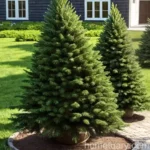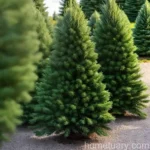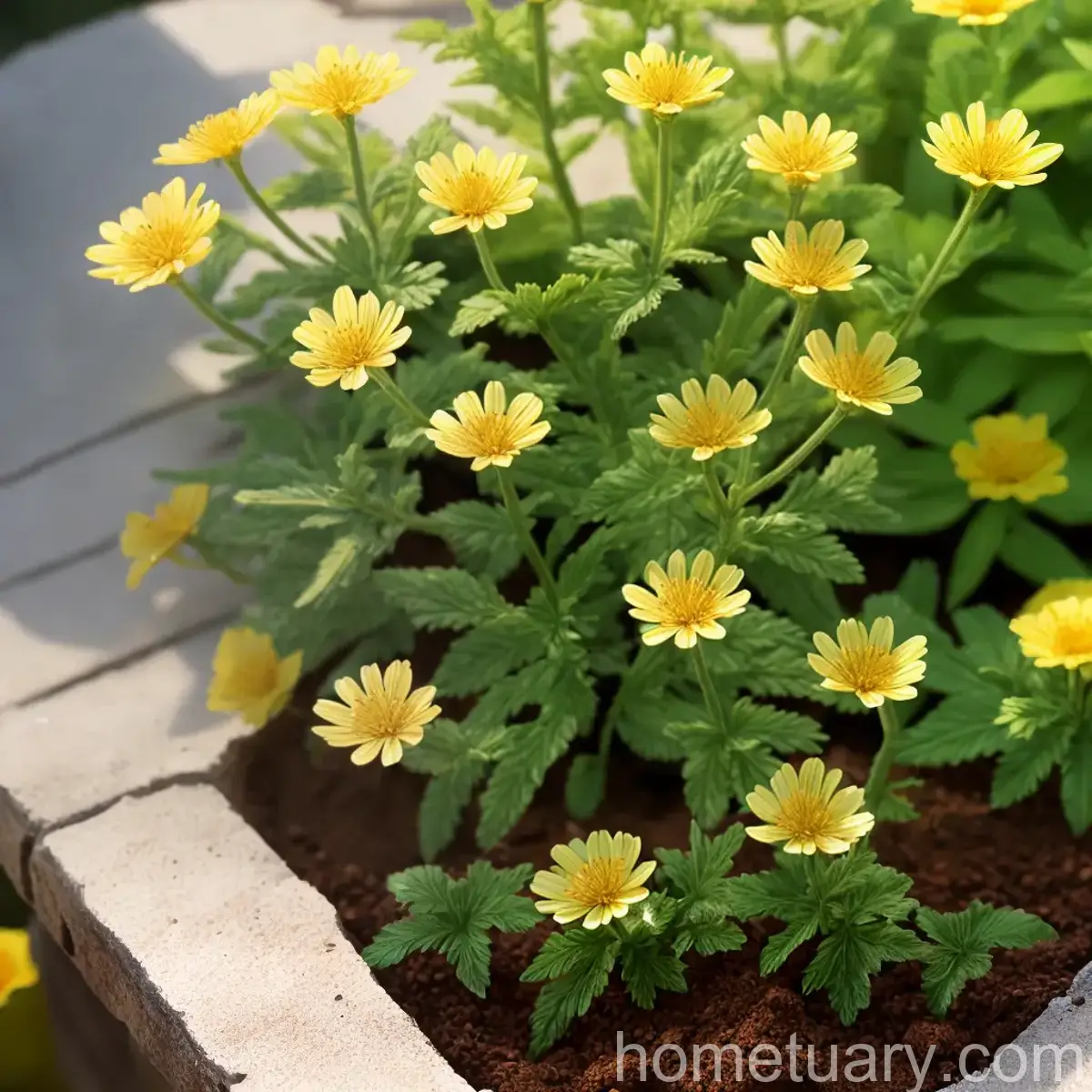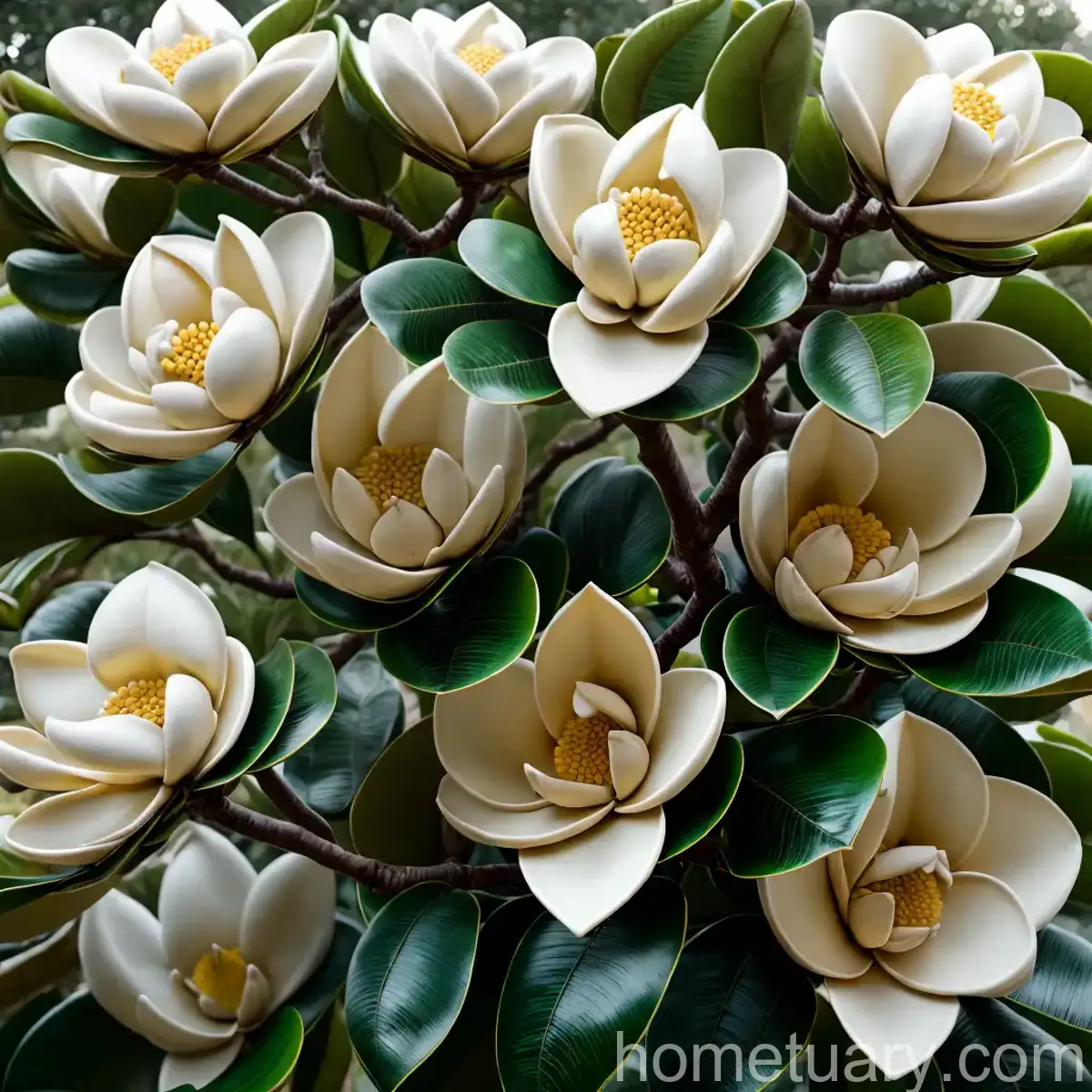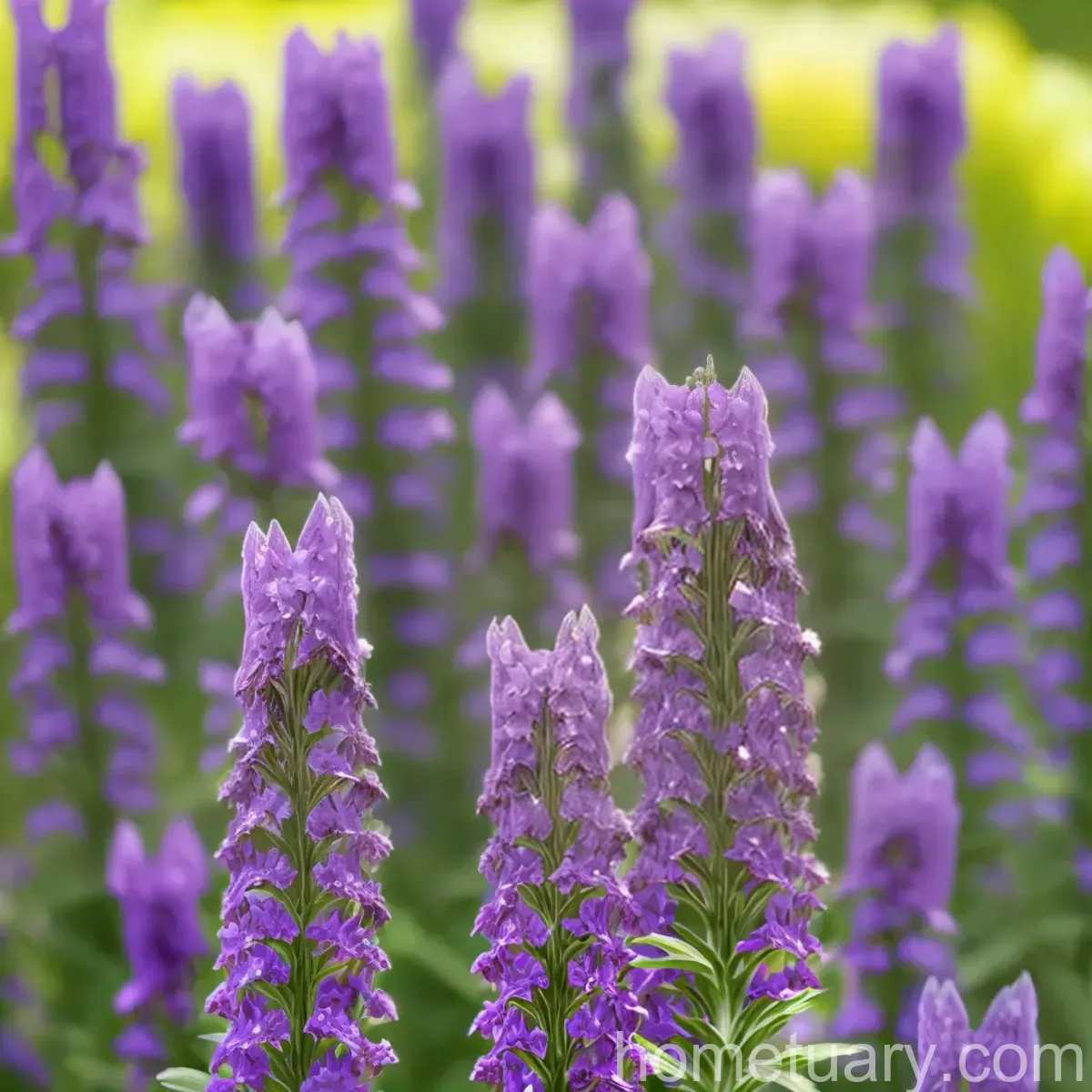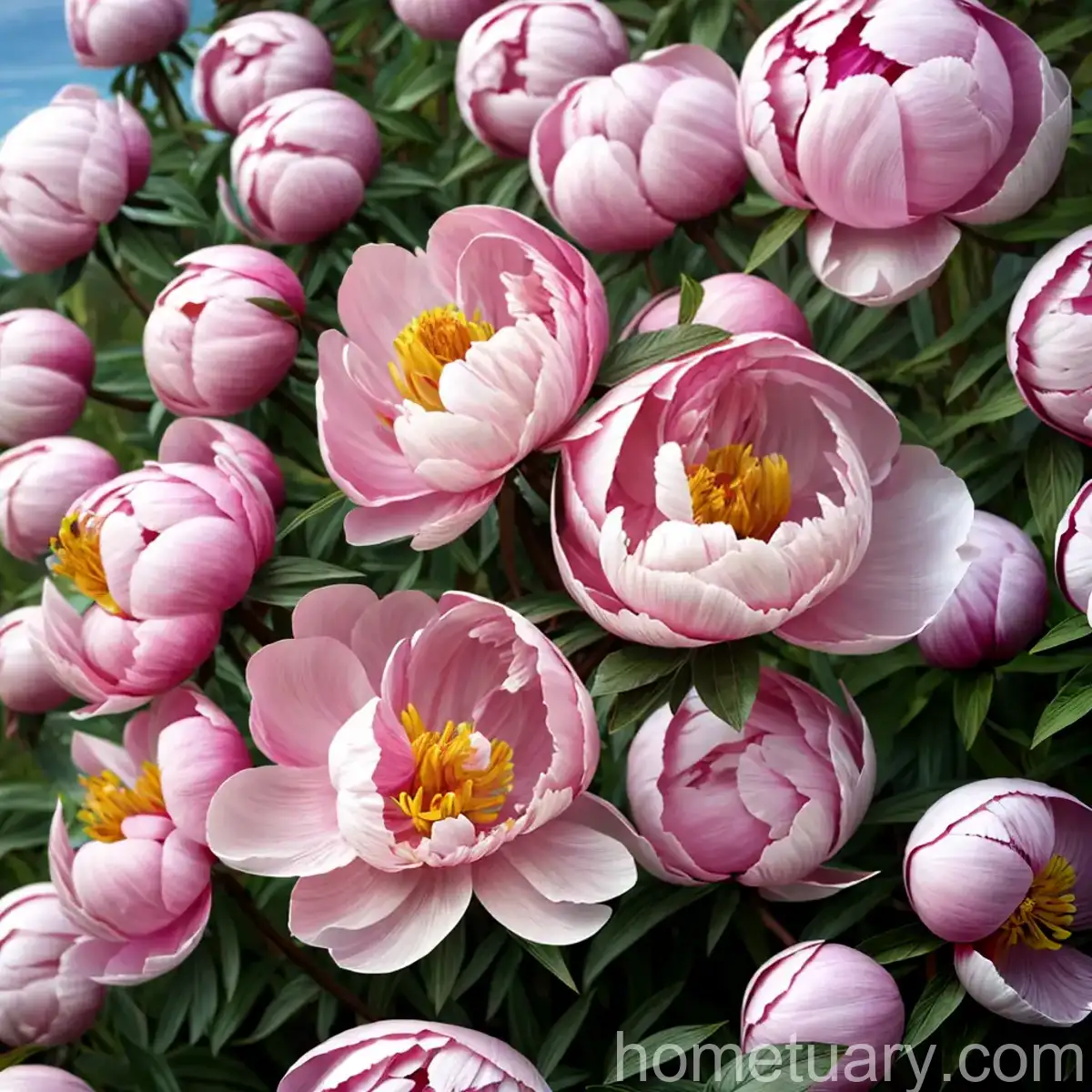The Wonderful World of White Spruce (Picea glauca ‘Echiniformis’)
Welcome to the enchanting world of white spruce (Picea glauca ‘Echiniformis’), a remarkable conifer tree that graces landscapes with its elegance and resilience. In this comprehensive guide, we will delve into the fascinating realm of the white spruce, exploring its culture, uses, care requirements, and much more. Whether you are a seasoned horticulturist or an aspiring plant enthusiast, this article is designed to provide valuable insights into this iconic ornamental tree.
What is a White Spruce?
Overview
White spruce (Picea glauca ‘Echiniformis’) is a cultivar of the species Picea glauca, also known as the white spruce or Canadian spruce. It is a compact, slow-growing conifer that belongs to the Pinaceae family. The ‘Echiniformis’ cultivar is highly esteemed for its attractive, symmetrical form and is widely utilized in landscaping and ornamental horticulture.
Key Characteristics
- Scientific Name: Picea glauca ‘Echiniformis’
- Common Names: White spruce, Echiniformis white spruce, Dwarf white spruce
- Plant Type: Evergreen tree
- Growth Habit: Compact, conical
- Foliage: Needle-like, green
- Size: Moderate height and spread
Natural Habitat
White spruce is native to the northern regions of North America, including Canada and parts of the United States. It thrives in cold climates and is well-adapted to withstand harsh winter conditions.
Climate Requirements
This cultivar is ideally suited to regions with cool to cold climates, thriving in USDA hardiness zones 2 to 6. It is particularly valued for its ability to endure cold temperatures and is a popular choice for northern landscapes.
Now that we have gained a basic understanding of white spruce, let’s explore the key takeaways that will guide us through its cultivation and maintenance.
Key Takeaways – White Spruce (Picea glauca ‘Echiniformis’)
Culture
Uses
White spruce (Picea glauca ‘Echiniformis’) is valued for a variety of landscaping and horticultural purposes. Some common uses include:
– Ornamental focal point in gardens and landscapes
– Hedge or screening plant
– Accent plant in rock gardens
– Container plant for patios and small spaces
– Habitat tree for wildlife
Water
Provide moderate water, especially during the establishment phase. Once the tree is well-established, it exhibits good tolerance to drought conditions. However, adequate moisture is essential during periods of extreme heat or dryness.
Sunlight
White spruce thrives in full sun to partial shade. It prefers a location that receives at least 6 hours of direct sunlight daily. In more southern regions, some afternoon shade can benefit the tree, especially during hot summer months.
Fertilizer
Fertilize young white spruce trees with a balanced, slow-release fertilizer in early spring. Mature trees generally do not require frequent fertilization. Conduct a soil test to determine specific nutrient needs.
Soil
White spruce ‘Echiniformis’ prefers moist, well-drained soils. It can adapt to various soil types, including loamy, sandy, or clay soils. A slightly acidic to neutral soil pH is ideal for optimal growth.
Pruning
Minimal pruning is usually required for white spruce. Regularly remove any dead, damaged, or diseased branches. Prune selectively to maintain the desired shape and form.
Propagation
White spruce ‘Echiniformis’ can be propagated from seeds, but this method requires patience as the tree has a slow growth rate. It can also be propagated through softwood cuttings, though success rates may vary.
Container
This compact spruce cultivar is well-suited for container planting, making it an excellent choice for small gardens, patios, and urban landscapes. Select a large container with adequate drainage and ensure regular watering and care.
Popularity
White spruce ‘Echiniformis’ is widely popular for its versatility in landscaping and its ornamental value. It is favored for its elegant form, adaptability, and low maintenance requirements.
Now that we have explored the culture and uses of white spruce, let’s delve into the care and maintenance practices essential for ensuring the health and vitality of this remarkable tree.
Care and Maintenance
Common Diseases
White spruce ‘Echiniformis’ is susceptible to certain diseases, including:
– Cytospora Canker
– Needle Cast Diseases
– Rust Diseases
Proper maintenance and attentive care practices can help minimize the risk of these diseases.
Disease Diagnosis
Diseases in white spruce can be identified through symptoms such as needle discoloration, premature needle drop, cankers, and presence of fungal fruiting bodies. Consult with a plant health specialist for accurate diagnosis and suitable treatment options.
Common Pests
Common pests that affect white spruce include:
– Spruce Budworm
– Spruce Gall Adelgids
– Spider Mites
Regular monitoring and prompt intervention can help manage pest infestations effectively.
Botanist’s Tips
- Regularly monitor the tree for signs of stress, disease, or pest infestation.
- Provide adequate moisture, especially during dry periods, to promote healthy growth.
- Avoid over-fertilization, as excessive nutrients can harm the tree.
Fun Facts
- White spruce is the provincial tree of Manitoba, Canada.
- It is often used in reforestation efforts in its native habitat.
- The tree’s slender, conical form makes it an iconic symbol of Northern landscapes.
Now that we have a comprehensive understanding of the care and maintenance needs of white spruce ‘Echiniformis’, let’s explore some additional resources and expert tips to enhance our knowledge further.
External Resources
Plant Name: “White Spruce (Picea glauca ‘Echiniformis’)”
For additional information, tips, and inspiration, consider exploring the following resources:
– The Spruce: How to Grow and Care for White Spruce Trees
– Royal Horticultural Society: Picea (Spruce)
– University of Florida IFAS Extension: White Spruce
Conclusion
In conclusion, white spruce (Picea glauca ‘Echiniformis’) is a captivating and resilient conifer tree that adds elegance and charm to a variety of landscapes. Whether used as an ornamental focal point, a hedging plant, or a container specimen, this versatile cultivar offers enduring beauty and adaptability.
By understanding its culture, care requirements, and associated challenges, we can cultivate and enjoy the splendor of white spruce while contributing to the ecological diversity of our surroundings. With the right knowledge and practices, this remarkable tree can grace our gardens with its timeless allure for generations to come.
As we continue to explore the natural world of plants, let us embrace the wisdom and wonder that each species offers, enriching our lives and the environment in countless ways.
Remember to stay curious, attentive, and nurturing in your botanical endeavors, and may the beauty of white spruce inspire your journey into the captivating realm of horticulture.
The article provided an in-depth exploration of the white spruce (Picea glauca ‘Echiniformis’), covering its culture, uses, care and maintenance practices, common diseases, pests, and external resources. This comprehensive guide aims to empower readers with the knowledge and insights necessary to cultivate and appreciate the beauty of this iconic conifer tree.





